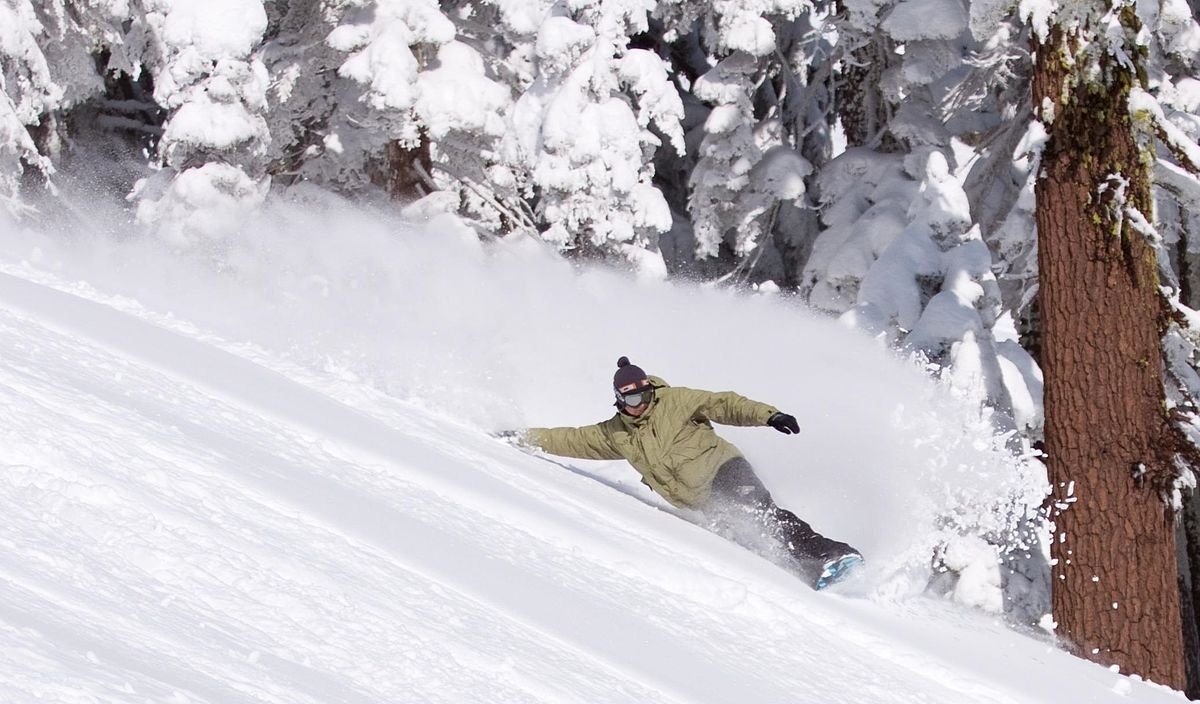Bloggers Note: A ski weekend with one of our orthopaedic surgeon’s family in Santa Fe this weekend inspires this week’s blog by Ortho El Paso.
Downhill skiing is one of the most exhilarating sports anyone can participate in. And, did we ever see some gnarly skiing by the best skiers on the slopes of Santa Fe this past weekend! On the “flip” side (pun intended), we also saw some pretty nasty crashes. It inspired us to blog this week about how to prevent the most common ski injuries.
Some pretty serious injuries – ones that may include torn ligaments, broken bones, and serious head injuries – are common ski injuries. Most of these injuries are caused by falls or collisions. Knee and lower legs are probably the most common bones and joints to be injured during skiing. For one, ski bindings (meant to secure the ski boot to the ski and are designed to release when subject to the high forces of an impact or fall) can fail terribly if not properly fitted to the person. Also, less severe sprains and fractures of the fingers, hand, elbow and/or wrist are also quite common. This is usually due to an outstretched hand and while the ski pole is still strapped to the wrist to prevent a fall.
To help you minimize injuries during skiing, Ortho El Paso offers these tips:
- Properly Dress in the Right Equipment: Whether you are buying or renting ski equipment, seek expert advice for your fittings. Equipment that fits well and is suitable for the conditions can make all of the difference in the world. Ski binding fittings and adjustments should be done by a professional. Boots should fit well and be comfortable, sturdy, and provide protection from the elements. Layer your clothing to ensure warmth and ALWAYS use protective gear such as helmets and goggles. “An ounce of prevention is worth a pound of cure”, as they say. That is certainly true when it comes to properly outfitting yourself for skiing.
- Learn the Proper Technique: If you are new to the sport, we recommend you get an instructor and start on the bunny slopes….not to minimize your experience, but in short, make sure the ski runs you choose are in keeping with your skill level. If you are not a beginner, don’t ski too fast. Even the best skiers can compromise their safety by skiing out of control. Always, follow all the safety recommendations provided by the ski location you are at. Don’t wander off the beaten path. Paths are created for good reason…you don’t want to get lost or put yourself in danger just to experience untouched powder. You could potentially even start an avalanche.
- Be Well Prepared Physically: Something skiers need to do in this sport just like any other is to warm up. Taking the time to prepare your body for the demands of skiing can make the difference between having the gnarly ski outing you hoped for or coming home with one super sore and tortured body. Stretch to ensure your flexibility on the slope. Also try to take a brisk walk to elevate your heart rate before heading down on a run to ensure you’re body is ready for the escalated cardio demands of doing that.
- The Weather: Always be aware of what’s going on with the weather. Again, understand what your ability is and don’t venture out if there is a storm that may impact the slopes and make them more challenging. Also, try not to ski alone. If you have to, always inform someone about where you intend to ski and when they should expect you to return. Finally, don’t drink and ski as this will dull your reflexes and cause hypothermia.
We hope these tips to avoid common ski injuries. By following these tips, you are doing your best to ensure a safe ski outing. Now, for some of the best gnar shredding moments in skiing, visit https://www.youtube.com/watch?v=fO-RkmLCwYU.









